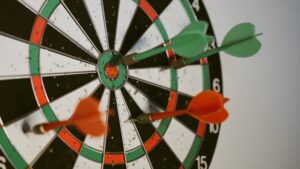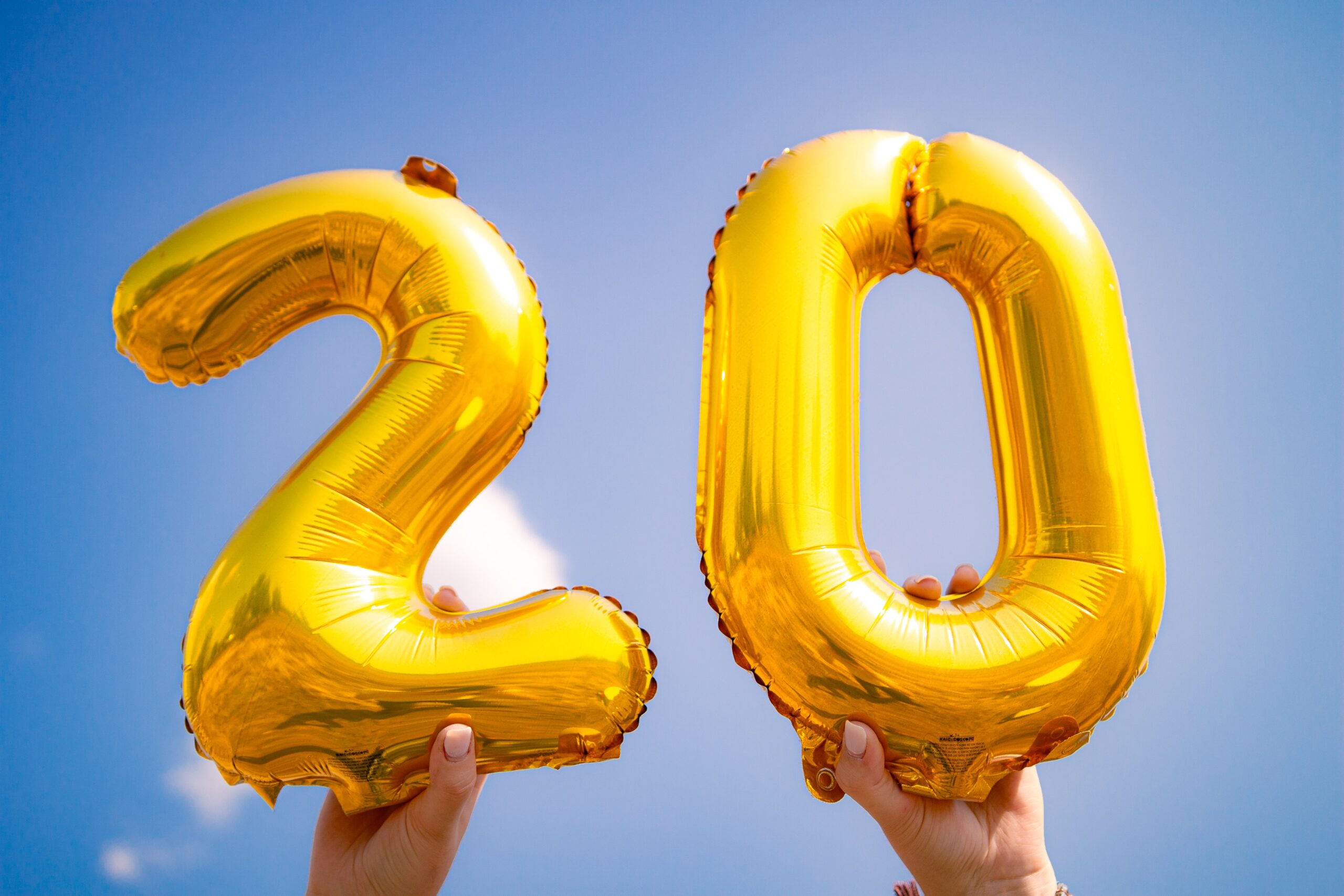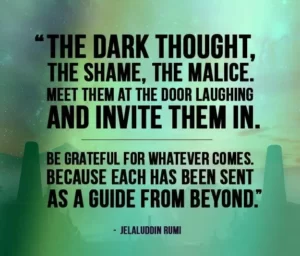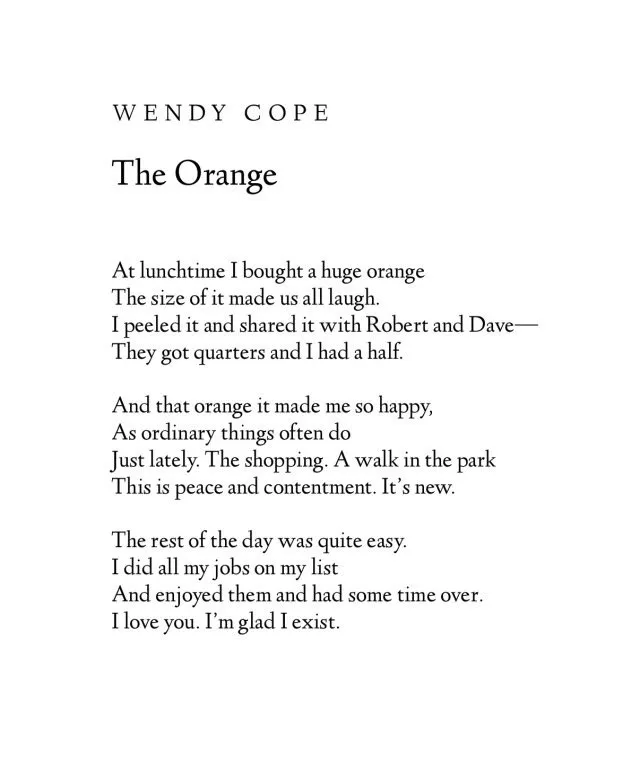This month, it’s twenty years since I discovered NVC. My awareness of this has led me into reflective mode. I’ve been thinking of all the things I’ve learnt, and the joys and challenges of NVC and how to practise Nonviolent Communication? One challenge I’ve been pondering is the tendency, in learning NVC, towards perfectionism. We often want to be immediately perfect. This desire inhibits and suffocates practice, the practice on which increased fluency depends. As the aphorism says, ‘Perfect is the enemy of good’.*
I’m curious about where this perfectionism comes from. Is it school, with its focus on competition and assessment? Or is it even deeper in the Western psyche? The concept of a lifelong practice seems far more prominent and respected in other cultures. Here, it seems that we are either good at something… or we’re not. We are intolerant of the process of learning.
I continue to have harsh self-talk, the sort that says I’m not good enough. I’m so used to it that I don’t usually notice. It’s been a shock, these last few weeks, to be more aware that it’s still there – after all these years practising self-compassion in NVC. How I talk to myself is in stark contrast to the compassion I have for other learners. I often say to people, frustrated that their NVC goes out of the window at home, that it’s the hardest to practice with those we’re closest to, simply because these relationships matter so much to us. I remind them that practising NVC must include compassion for ourselves…of course!
Even more kindness?
I’m struck by the kindness of the coaching app I use for running. It encourages me each small step of the way: ‘Congratulations! You’ve made it out of the door in your running shoes’. This is how I’d like us all to treat ourselves when practising NVC. Celebrate any step forward, steps of any size – don’t even measure. Provide ourselves with gentleness, acceptance and kindness: ‘hurrah’ for that deep breath we took before responding, ‘yay’ for that empathy guess.

Some days, I think I know nothing about NVC. What is NVC? It’s picking myself up, trying again. As Marshall said, it’s enough to become progressively less stupid. What a gift learning is! Einstein said that once you stop learning, you start dying. So how about we embrace life and learning, reminding ourselves that NVC is a practice not a destination? Let’s go slow, enjoy the journey and celebrate growth however it shows up.
How much more compassion could you bring to yourself as you practise?
*Attributed to Voltaire
_______________________
This is Shona Cameron’s blog, written in collaboration Rebecca Kail.
Rebecca says: I’m assisting Shona to get her thoughts onto paper more regularly. This encourages my understanding of the depths of NVC, and reminds me to keep practising. I did my foundation training with Liz Kingsnorth in 2016 and I’m now in the early stages of the certification path. I’m based in Elgin, in the north of Scotland, and hoping to spread the word about NVC in this part of the world. Marshall visited nearby Findhorn to provide training some years ago and I’m hugely disappointed that this was before I’d even heard of NVC! I would have loved to have experienced NVC as he embodied it.
Photos by Afif Ramdhasuma on Unsplash
and
by Matthew Ball on Unsplash









